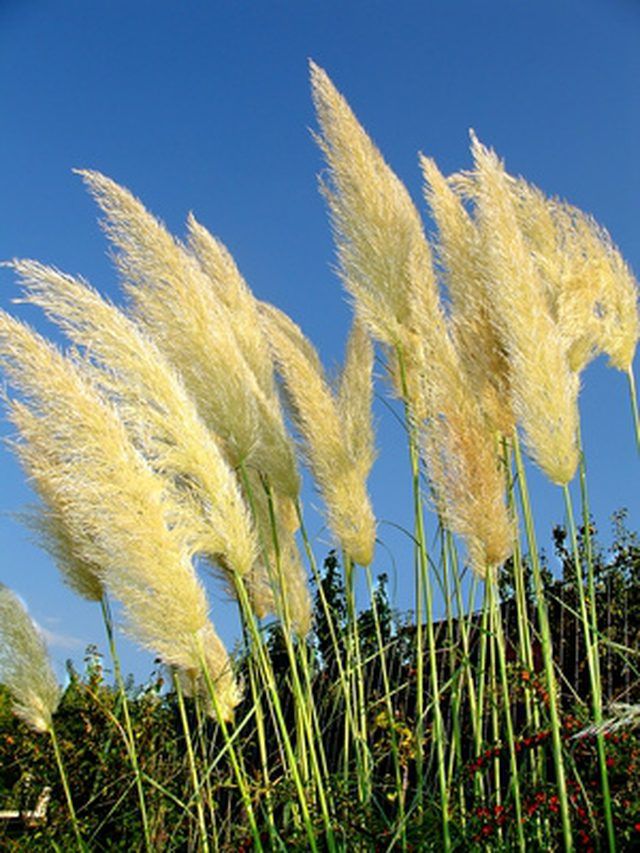Bulbs
Flower Basics
Flower Beds & Specialty Gardens
Flower Garden
Garden Furniture
Garden Gnomes
Garden Seeds
Garden Sheds
Garden Statues
Garden Tools & Supplies
Gardening Basics
Green & Organic
Groundcovers & Vines
Growing Annuals
Growing Basil
Growing Beans
Growing Berries
Growing Blueberries
Growing Cactus
Growing Corn
Growing Cotton
Growing Edibles
Growing Flowers
Growing Garlic
Growing Grapes
Growing Grass
Growing Herbs
Growing Jasmine
Growing Mint
Growing Mushrooms
Orchids
Growing Peanuts
Growing Perennials
Growing Plants
Growing Rosemary
Growing Roses
Growing Strawberries
Growing Sunflowers
Growing Thyme
Growing Tomatoes
Growing Tulips
Growing Vegetables
Herb Basics
Herb Garden
Indoor Growing
Landscaping Basics
Landscaping Patios
Landscaping Plants
Landscaping Shrubs
Landscaping Trees
Landscaping Walks & Pathways
Lawn Basics
Lawn Maintenance
Lawn Mowers
Lawn Ornaments
Lawn Planting
Lawn Tools
Outdoor Growing
Overall Landscape Planning
Pests, Weeds & Problems
Plant Basics
Rock Garden
Rose Garden
Shrubs
Soil
Specialty Gardens
Trees
Vegetable Garden
Yard Maintenance
How to Grow Pampas Grass in Containers
How to Grow Pampas Grass in Containers. Tall-growing pampas grass thrives in warm weather and many people like growing it in containers. Container growing controls the direction that this fast-growing grass expands and keeps it from overwhelming a yard or garden. Whether growing a small section of pampas grass to put on a sunny patio or filling a...

Tall-growing pampas grass thrives in warm weather and many people like growing it in containers. Container growing controls the direction that this fast-growing grass expands and keeps it from overwhelming a yard or garden. Whether growing a small section of pampas grass to put on a sunny patio or filling a large urn to enjoy the ornamental tops, container growing will give you the look and control you want.
Things You'll Need
Potting soil
Compost
Pampas grass
10-10-10 fertilizer
Stake
6-inch cloth strips
Select an area to place your container. Look for a spot in your yard where the grass will receive full sunlight.
Pick a well-draining container for your grass. The pot should be at least 18 inches in diameter.
Fill one-third of the pot with a mixture of potting soil and compost. The ratio should be 50/50.
Place the root ball in the pot. Fill the pot to the rim with the potting soil and compost mixture. The root ball should be completely covered and not protrude from the top of the pot.
Water the grass thoroughly until you see water streaming from the bottom of the pot. Water the plant weekly in the absence of less than 1 inch of natural weekly precipitation.
Fertilize the grass when you first plant it. An all-purpose 10-10-10 fertilizer is ideal.
Stake the plant to support its growth. This will only be necessary when the plant is young and needs a little strength. Drive a tall wooden stake in the ground. Tie the grass to the stake loosely with a 6-inch strip of cloth.